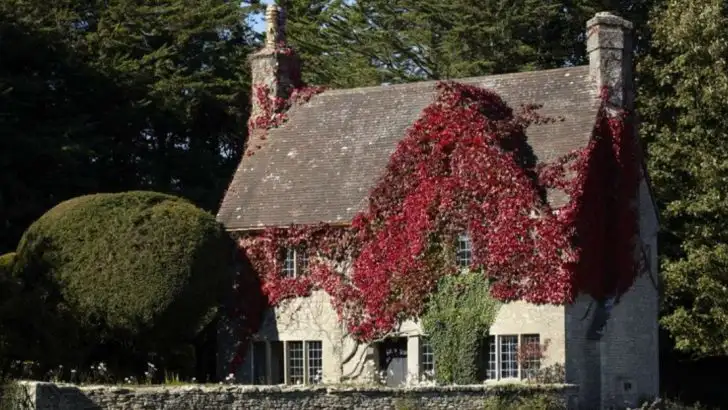Some plants can land you in trouble—yes, even in your own backyard. What looks like an innocent green sprout could be banned, blacklisted, or flat-out illegal across the U.S. We’re talking fines, forced removals, and awkward visits from inspectors—all because that “pretty” plant is on the no-grow list. The good news? You don’t have to give up the look you love. There are safer swaps that won’t get you sideways with the law—or your neighbors. From wild invaders to toxic beauties, this list breaks down the 9 plants to avoid, plus 9 alternatives that bring the charm without the chaos. Ready to keep your garden gorgeous and legal? Let’s dig in.
Kudzu
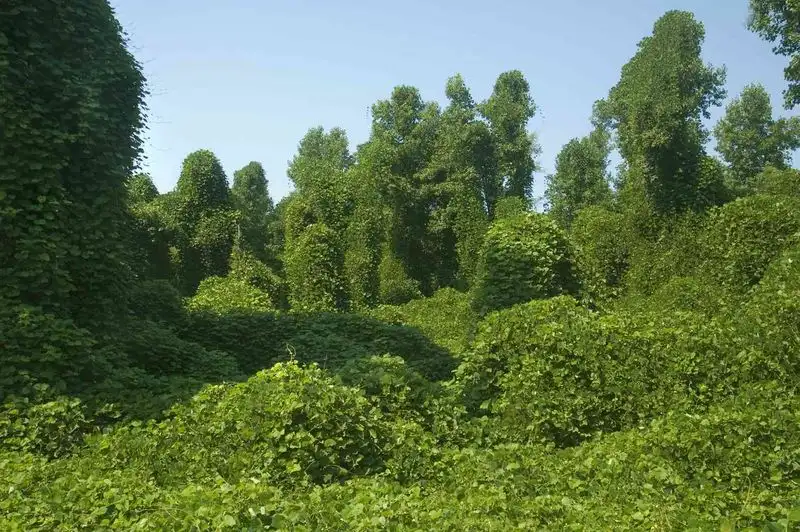
Kudzu, often referred to as “the vine that ate the South,” is infamous for its rapid growth and ability to smother other plants. Originally introduced for erosion control, it has spread uncontrollably, overtaking structures and landscapes alike.
Gardeners may admire its lush greenery, but its invasiveness poses a significant ecological threat, leading to bans in several states. Instead, consider planting honeysuckle, which offers similar aesthetics without the aggressive spread.
Did you know? Kudzu can grow up to a foot per day in the right conditions, making it a relentless invader.
Honeysuckle (Alternative)
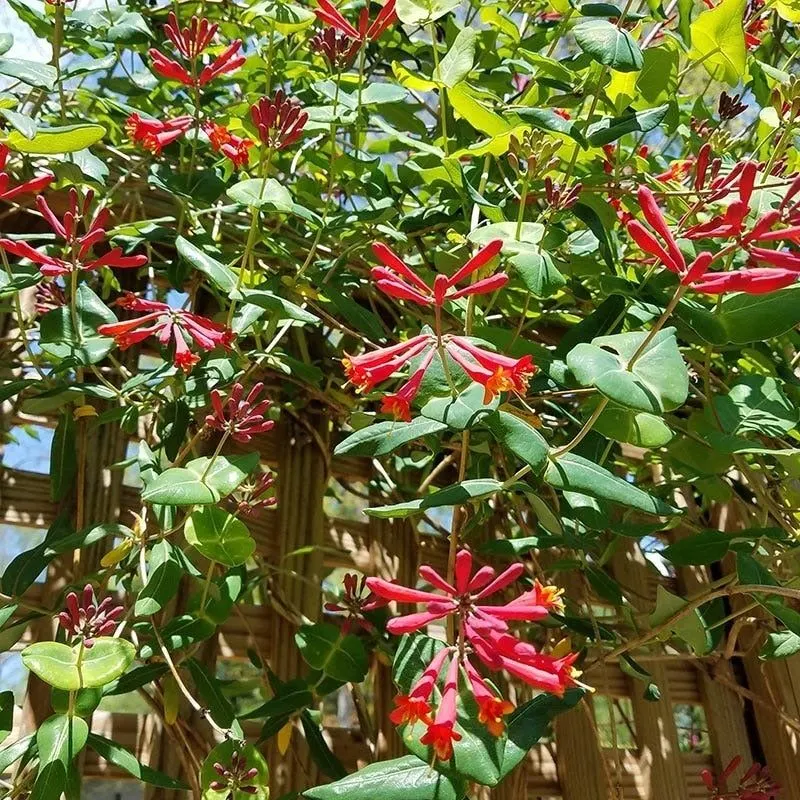
Honeysuckle provides a fragrant and eye-catching alternative to the invasive Kudzu. Known for its sweet scent and vibrant flowers, honeysuckle attracts pollinators like bees and hummingbirds, enhancing the biodiversity of your garden.
While certain species can be invasive, selecting native or non-invasive varieties ensures a safe gardening experience. Its manageable growth and enchanting blooms make it a delightful addition to any backyard.
A fun fact: Honeysuckle’s nectar is not only favored by pollinators but also enjoyed by children who sip on its sweet goodness.
Giant Hogweed
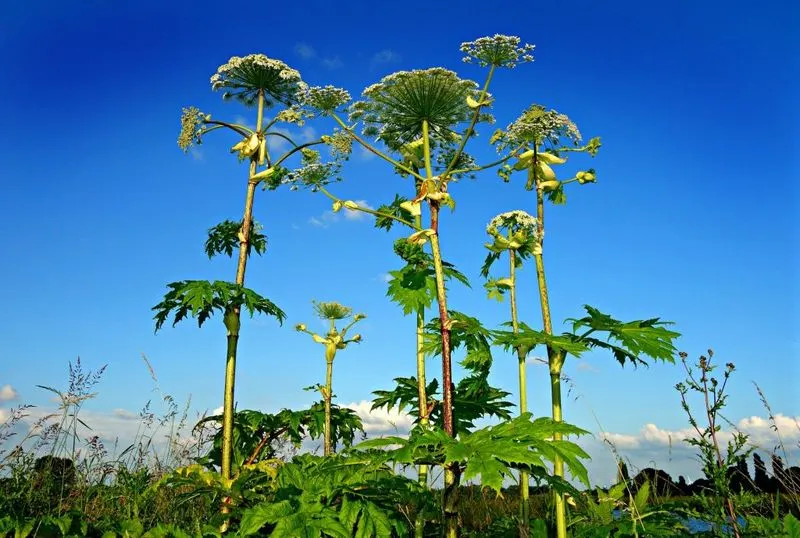
Giant Hogweed is notorious for its towering stature and phototoxic sap, which can cause severe skin reactions when exposed to sunlight. Originally introduced as an ornamental plant, it poses significant health risks and is illegal to grow in many areas.
Its expansive flower heads and height might captivate, but the dangers outweigh any aesthetic benefits. Instead, opt for Cow Parsnip, a similar but safer choice.
Interesting tidbit: Giant Hogweed’s sap can cause blisters and even blindness, underscoring the need for caution when encountering this plant.
Cow Parsnip (Alternative)

Cow Parsnip offers gardeners a visually appealing and safe alternative to Giant Hogweed. With its large, white flower clusters and broad leaves, it provides a similar aesthetic without the harmful effects.
This native plant supports local ecosystems, attracting various insects and wildlife. Its manageable height and non-toxic nature make it a responsible choice for outdoor spaces.
Did you know? Cow Parsnip was used by Native Americans for food and medicine, highlighting its historical significance and versatility.
Cannabis (Illegal in Some States)

Cannabis, known for its psychoactive properties, is legal to grow in some states but remains illegal in others. Its cultivation is often subject to strict regulations due to its potential for abuse and legal complexities.
While some grow it for medicinal or recreational purposes, others face legal repercussions if grown without proper authorization. Consider Lavender as a soothing, legal alternative for your garden.
A fun fact: Cannabis has been cultivated for thousands of years for uses ranging from textiles to medicine.
Lavender (Alternative)
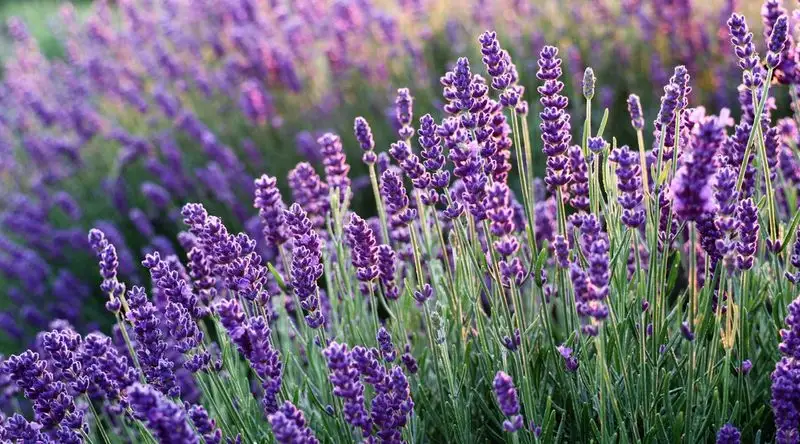
Lavender is a beloved garden staple, celebrated for its calming fragrance and beautiful purple flowers. Unlike cannabis, it poses no legal issues and offers therapeutic benefits through its essential oils.
Lavender’s ability to attract beneficial insects while deterring pests makes it a valuable addition to gardens. Its soothing aroma has been used in aromatherapy to promote relaxation and well-being.
Did you know? Lavender has been used since ancient times for its antiseptic and anti-inflammatory properties, making it a timeless choice for gardens.
Bamboo
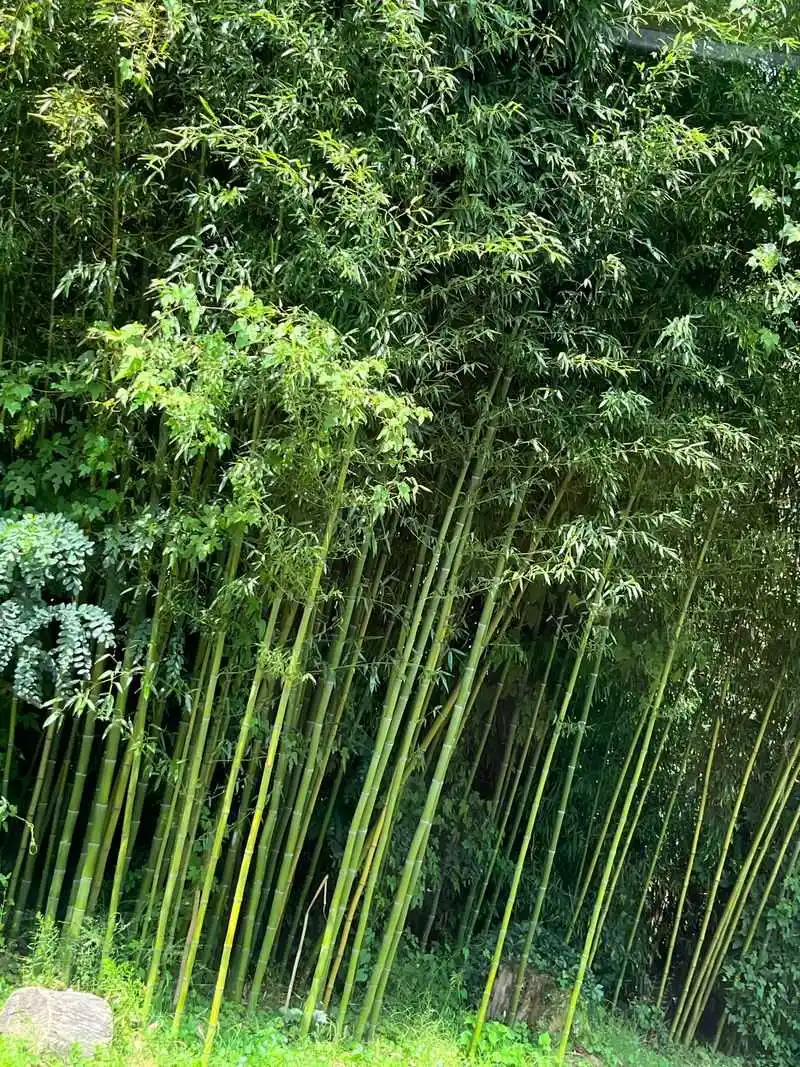
Bamboo is admired for its fast growth and versatility, but certain species are considered invasive in the US. Its aggressive spread can overrun gardens, leading to legal restrictions in some regions.
While its exotic appearance is appealing, bamboo’s tendency to escape cultivation makes it risky. Opt for Switchgrass, a native grass that offers similar vertical interest without the invasiveness.
Did you know? Bamboo is one of the fastest-growing plants in the world, with some species growing up to 35 inches per day.
Switchgrass (Alternative)
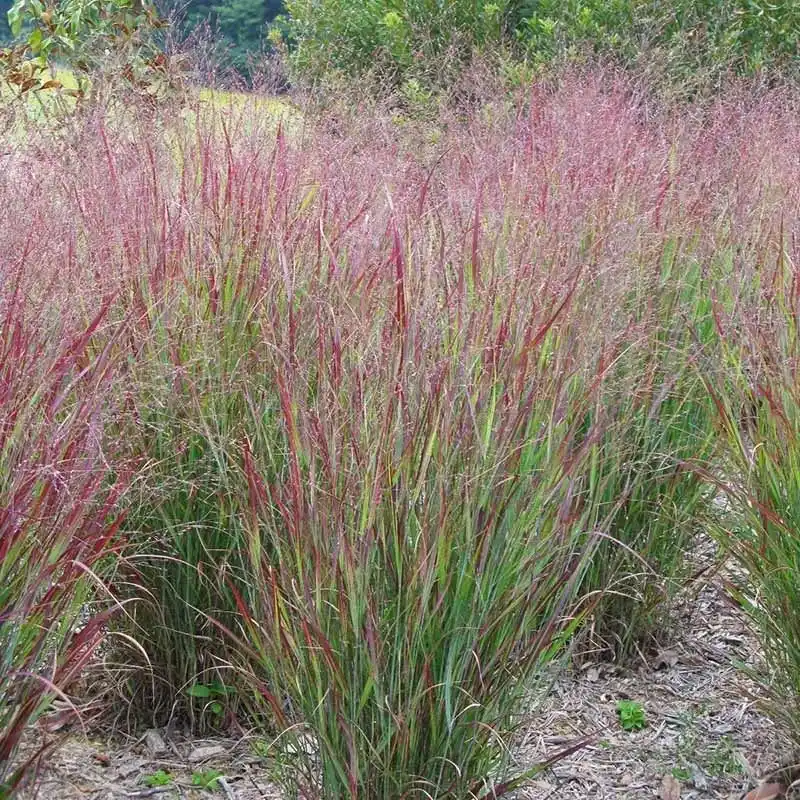
Switchgrass is a sustainable and visually pleasing alternative to bamboo. Its tall, feathery plumes add height and movement to gardens, while supporting local wildlife.
As a native plant, switchgrass is adapted to local climates and requires minimal maintenance. Its deep root system helps prevent soil erosion, making it an environmentally friendly choice.
Fun fact: Switchgrass is being researched as a biofuel source, highlighting its potential beyond ornamental use.
Water Hyacinth
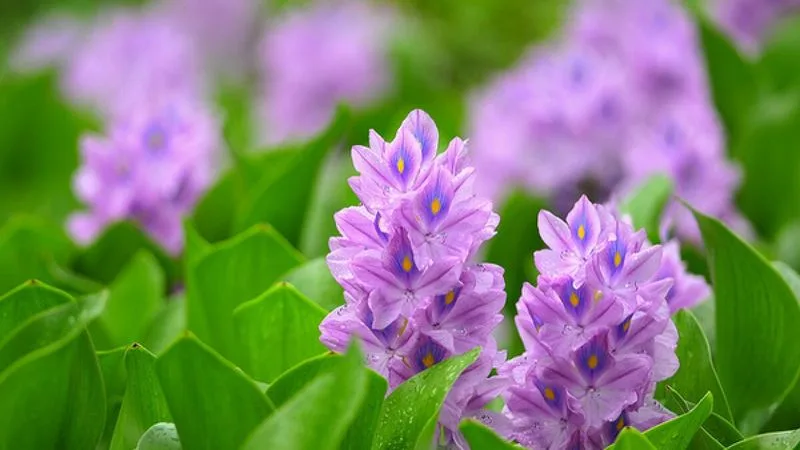
Water Hyacinth is an aquatic plant known for its striking flowers and ability to cover water surfaces quickly. While beautiful, it can disrupt aquatic ecosystems and block waterways, leading to bans in several states.
Its rapid growth can suffocate native plants and aquatic life, making it a problematic choice for ponds and water features. Instead, consider planting Water Lilies, which offer beauty without the ecological harm.
Did you know? Water Hyacinth can double its population in just two weeks under ideal conditions.
Water Lilies (Alternative)
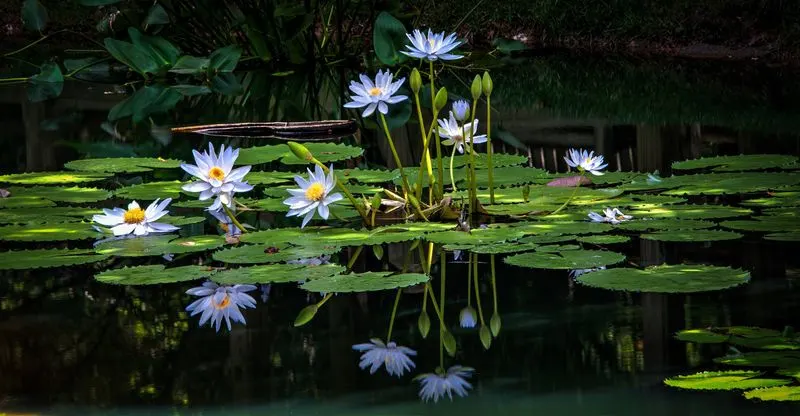
Water Lilies bring elegance and tranquility to water gardens without the invasive tendencies of Water Hyacinth. Their floating leaves and colorful blooms create a peaceful environment, attracting wildlife like frogs and dragonflies.
As a native option, water lilies coexist harmoniously with other aquatic plants, providing habitat and shelter. They also help improve water quality by reducing algae growth.
A delightful fact: Water Lilies open in the morning and close at night, following the rhythm of the sun, adding a dynamic touch to water features.
Purple Loosestrife
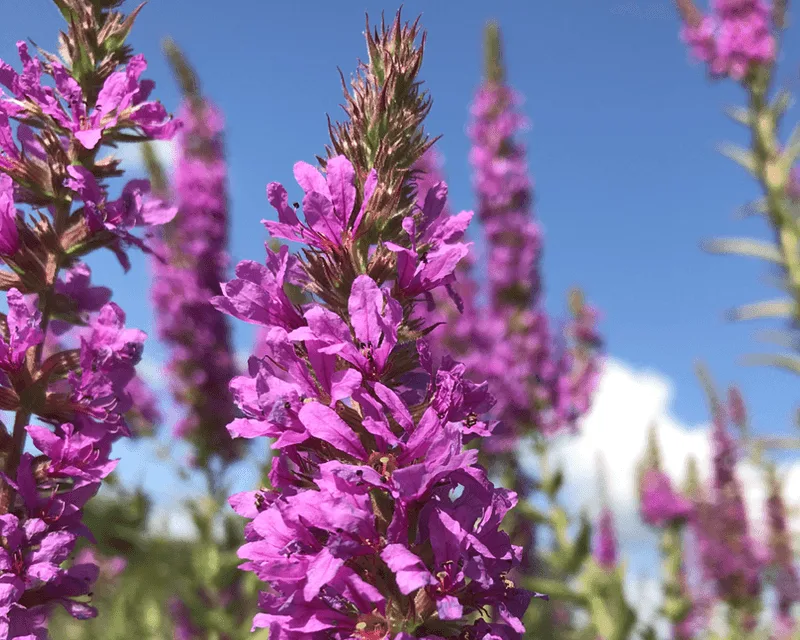
Purple Loosestrife is admired for its striking flowers but is considered invasive in wetlands across the US. Its dense growth can outcompete native vegetation, disrupting ecosystems and reducing biodiversity.
While its floral display is captivating, the ecological impact has led to restrictions in many regions. Opt for Bee Balm, a native plant that offers vibrant blooms without the environmental concerns.
Did you know? A single Purple Loosestrife plant can produce over two million seeds annually, contributing to its aggressive spread.
Bee Balm (Alternative)
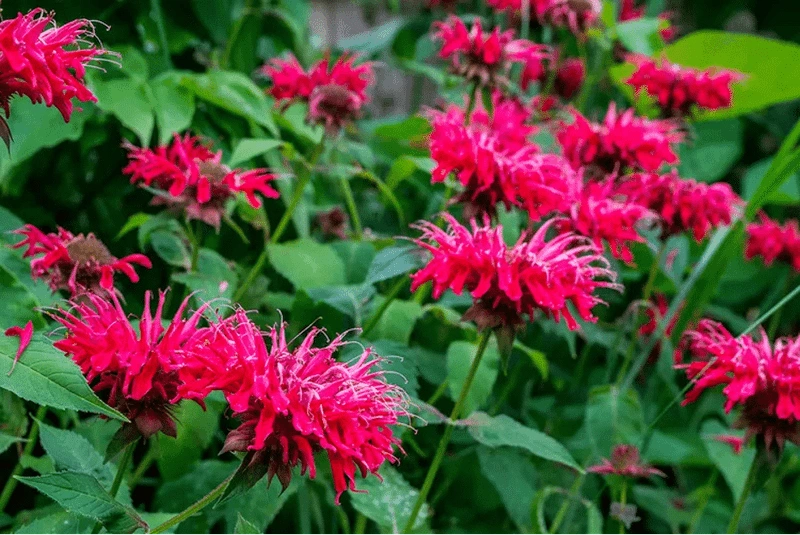
Bee Balm, also known as Monarda, is a vibrant alternative to Purple Loosestrife, offering similar visual appeal with none of the invasiveness. Its bright blooms attract pollinators like bees and butterflies, enhancing garden biodiversity.
This native plant is versatile and easy to grow, making it a favorite among gardeners. Its aromatic leaves can also be used to make herbal teas.
Fun fact: Bee Balm was used by Native Americans for its medicinal properties, including treating colds and headaches.
English Ivy
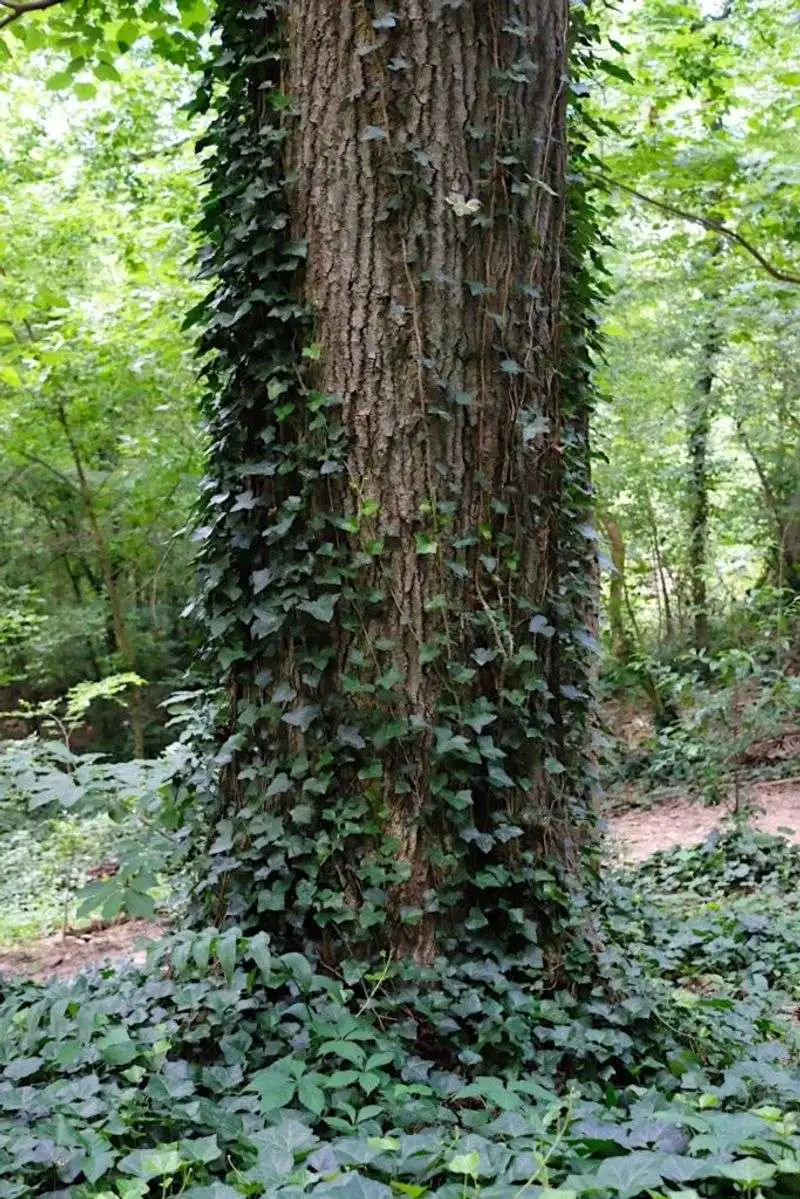
English Ivy is cherished for its classic aesthetic and ability to cover walls and fences, but it poses significant ecological risks. Its aggressive growth can damage structures and choke native plants, leading to bans in certain areas.
Though its charm is undeniable, the potential for ecological harm makes it a risky choice. Boston Ivy offers a similar look without the invasiveness.
Interesting tidbit: English Ivy can climb up to 90 feet, making it a formidable force in both gardens and urban environments.
Boston Ivy (Alternative)
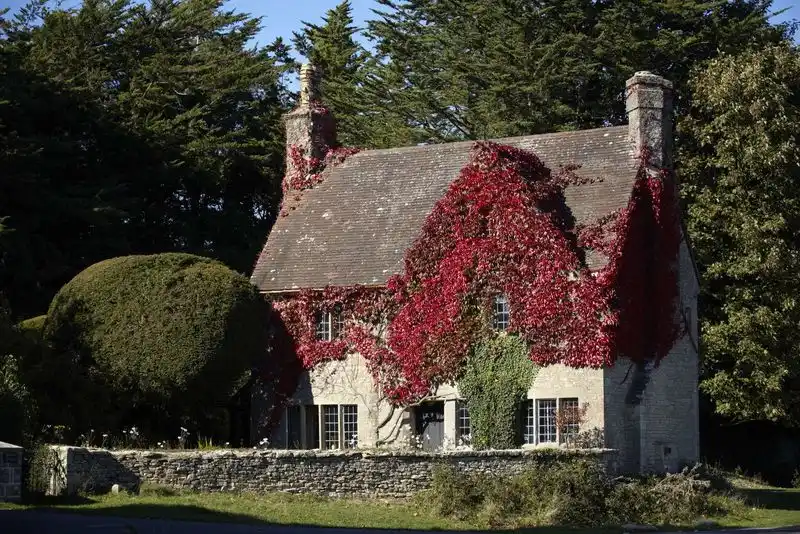
Boston Ivy is a safer alternative to English Ivy, offering stunning seasonal color changes without the invasive tendencies. Its lush, green foliage turns fiery red in the fall, providing a stunning display.
This hardy climber is ideal for covering walls or fences, creating a natural tapestry. Unlike English Ivy, it doesn’t damage structures, making it a responsible choice for architecture.
Did you know? Boston Ivy is often seen on Ivy League buildings, adding prestige and beauty to their historic architecture.
Oleander
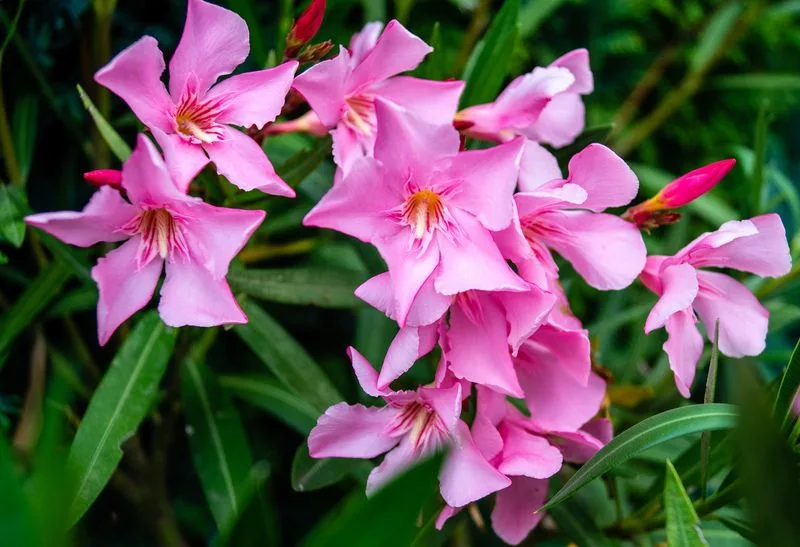
Oleander is prized for its showy flowers but contains toxins that are harmful if ingested. Its popularity as an ornamental plant is overshadowed by its potential danger to pets and children.
Despite its beauty, the risks associated with Oleander have led to restrictions in some areas. Consider planting Rose of Sharon, which provides similar floral appeal without the toxicity.
A noteworthy fact: All parts of the Oleander plant are toxic, making it crucial to handle with care and plant responsibly.
Rose of Sharon (Alternative)

Rose of Sharon is a versatile and safe alternative to Oleander, offering vibrant blooms in a variety of colors. Its tolerance to different soil types and climates makes it a resilient choice for gardens.
Unlike Oleander, Rose of Sharon poses no toxic threats, making it a family-friendly option. Its long blooming season ensures continuous color and interest in outdoor spaces.
Did you know? Rose of Sharon is technically a type of hibiscus, adding exotic flair to its charm and beauty.
Castor Bean
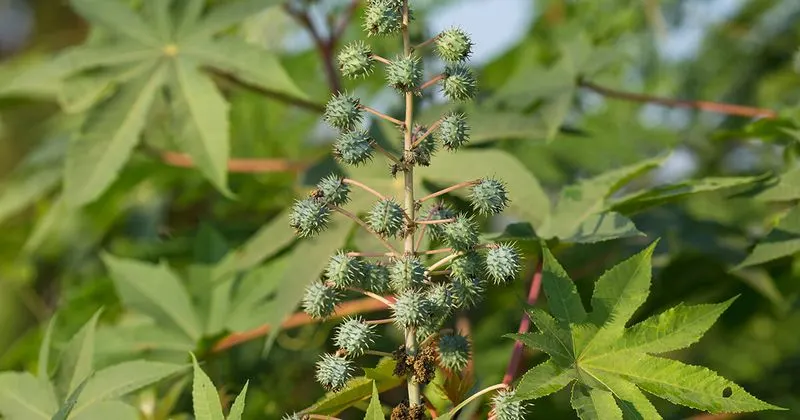
The Castor Bean plant is known for its striking foliage and ability to make a bold statement in gardens. However, it contains ricin, a potent toxin that poses significant risks if ingested.
While its dramatic appearance is tempting, the potential danger has led to restrictions in many areas. Opt for the Canna Lily as a safe and equally captivating alternative.
Did you know? Despite its toxicity, the Castor Bean plant’s oil has been used for medicinal purposes for centuries, demonstrating a duality of risk and benefit.
Canna Lily (Alternative)
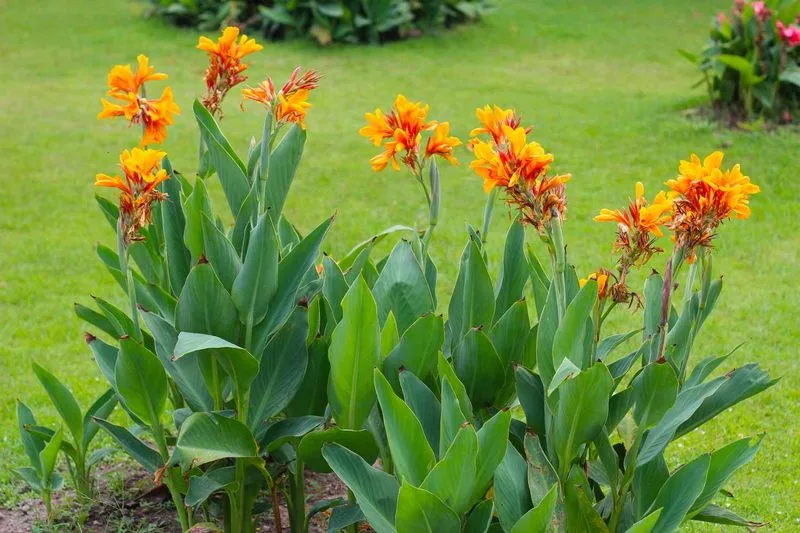
Canna Lily offers a splash of color and tropical charm without the risks associated with the Castor Bean plant. Its large flowers and lush foliage make it a standout choice for garden borders and containers.
This non-toxic plant thrives in warm climates and adds a touch of the exotic to any outdoor space. Its easy care and stunning blooms make it a popular choice among gardeners.
Fun fact: Canna Lilies have been cultivated for thousands of years for their edible rhizomes, adding utility to their ornamental appeal.

